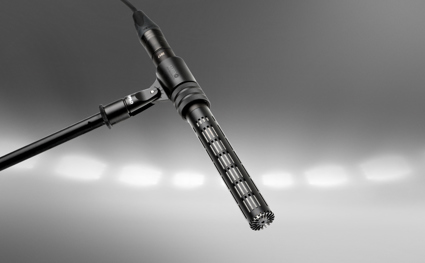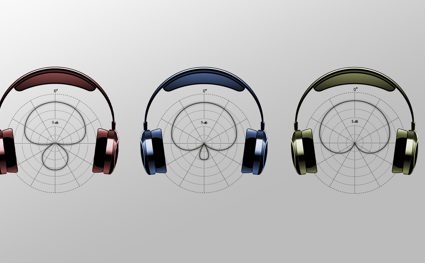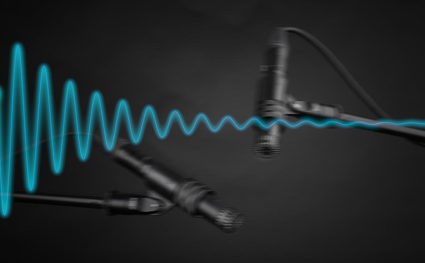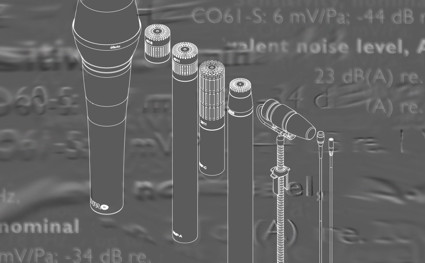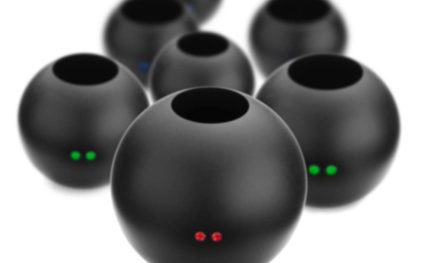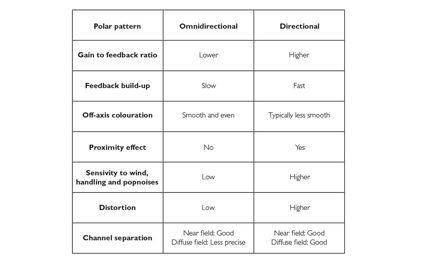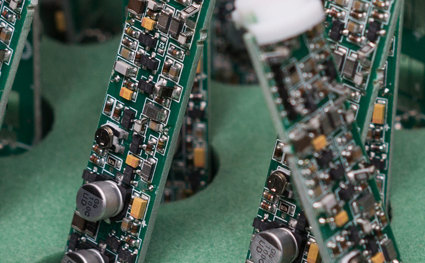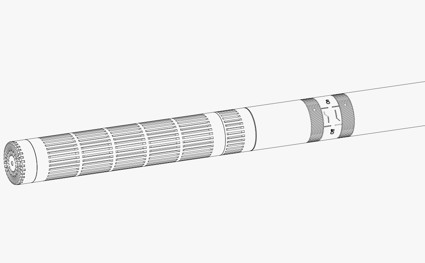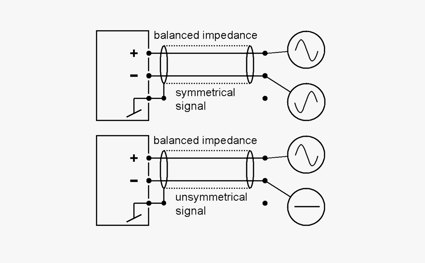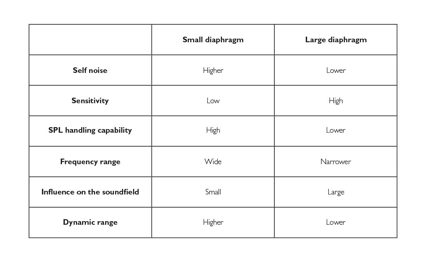Technology
How to specify the directivity of a shotgun mic
When it comes to capturing pristine audio in challenging environments, interference tube microphones - or shotgun microphones - stand out as the go-to solution for professionals in various fields, including film, broadcast, field recording, sports and wildlife sound capture. These specialized microphones are designed to mitigate unwanted noise and deliver excellent sound quality.
